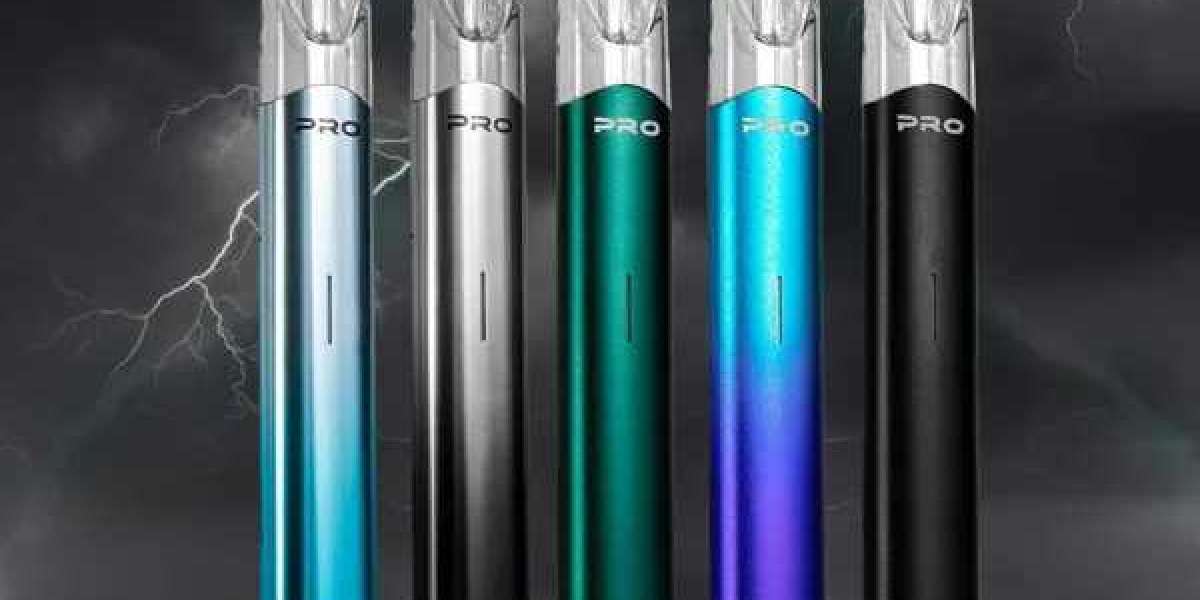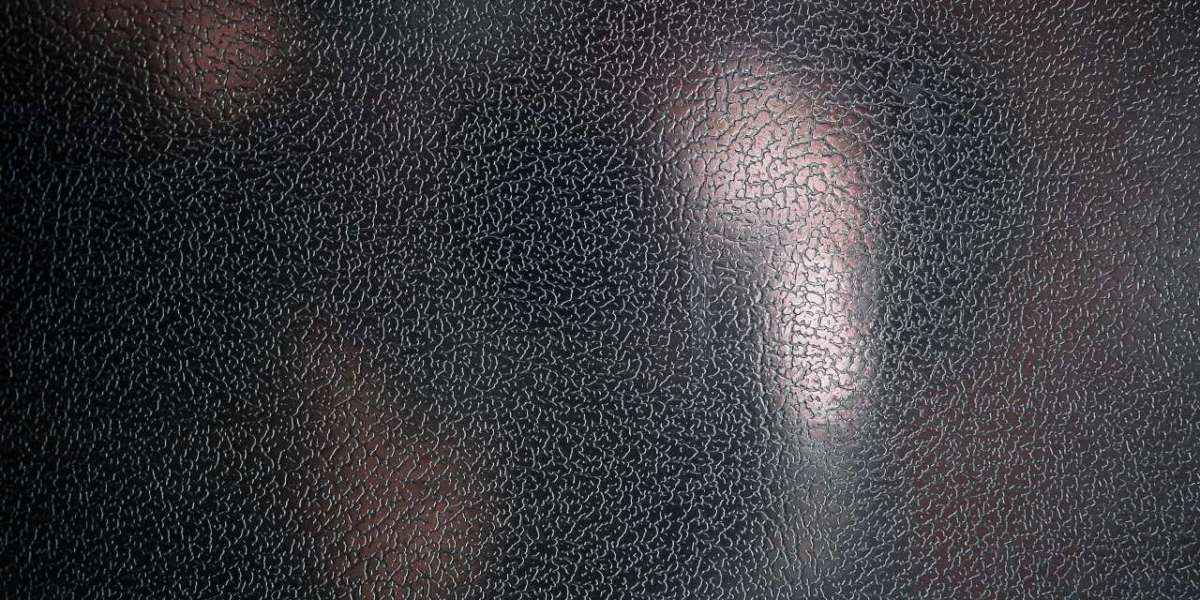When it comes to protecting our hearing, reusable ear plugs have become a popular choice for many individuals. These small, portable devices offer a convenient and cost-effective solution for reducing noise exposure in various environments. But the question remains: are reusable ear plugs truly effective in blocking noise?

The Science Behind Noise Blocking
Before delving into the effectiveness of reusable ear plugs, it is important to understand how noise blocking works. When sound waves enter our ears, they travel through the ear canal and reach the eardrum. The eardrum vibrates in response to these sound waves, and these vibrations are then transmitted to the inner ear where they are converted into electrical signals that our brain interprets as sound.
Reusable ear plugs work by creating a physical barrier between the external environment and the ear canal. They are typically made of soft, pliable materials such as silicone or foam, which can be inserted into the ear to form a tight seal. This seal helps to prevent sound waves from entering the ear canal, reducing the overall volume of noise that reaches the eardrum.
The Effectiveness of Reusable Ear Plugs
When used correctly, reusable ear plugs can be highly effective in blocking noise. However, it is important to note that their effectiveness can vary depending on several factors:
1. Fit and Comfort
The key to the effectiveness of reusable ear plugs lies in their fit. A proper fit ensures that the ear plugs create a tight seal, preventing sound waves from entering the ear canal. It is crucial to choose ear plugs that are the right size and shape for your ears to achieve optimal noise blocking. Additionally, comfort is essential as ill-fitting or uncomfortable ear plugs may not be worn consistently, compromising their effectiveness.
2. Noise Reduction Rating (NRR)
The Noise Reduction Rating (NRR) is a measure of how much noise a particular ear plug can block. It is important to consider the NRR when selecting reusable ear plugs, as a higher rating indicates greater noise reduction. However, it is worth noting that the NRR is determined under ideal laboratory conditions and may not always reflect real-world performance.
3. Noise Environment
The effectiveness of reusable ear plugs can also be influenced by the noise environment in which they are used. Different ear plugs may be more suitable for specific noise frequencies or intensities. For example, musicians may require specialized ear plugs that reduce harmful frequencies while preserving the clarity of music. It is essential to consider the specific noise characteristics of your environment when choosing reusable ear plugs.
4. User Compliance
Even the most effective reusable ear plugs will not provide adequate noise protection if they are not consistently worn. User compliance plays a significant role in the overall effectiveness of ear plugs. It is crucial to educate users on the importance of wearing ear plugs consistently and correctly to maximize their noise-blocking capabilities.
Conclusion
Reusable ear plugs can be highly effective in blocking noise when chosen and used correctly. Their ability to create a physical barrier between the external environment and the ear canal helps reduce the volume of sound waves that reach the eardrum. However, it is important to consider factors such as fit, comfort, NRR, noise environment, and user compliance to ensure optimal noise protection.
So, the next time you find yourself in a noisy environment, consider using reusable ear plugs to protect your hearing and enjoy a quieter experience.
References:
1. American Speech-Language-Hearing Association
2. National Institute for Occupational Safety and Health
3. Occupational Safety and Health Administration








